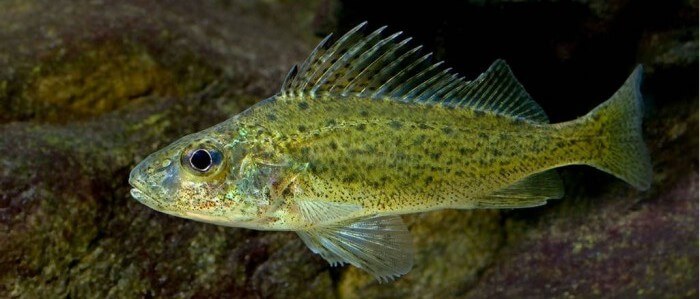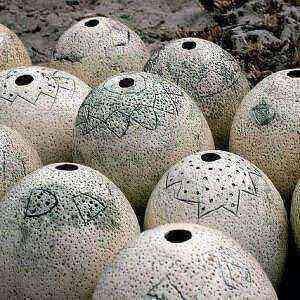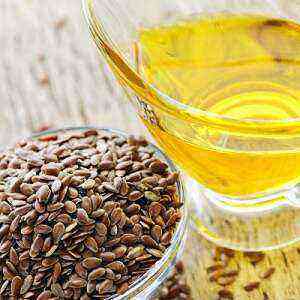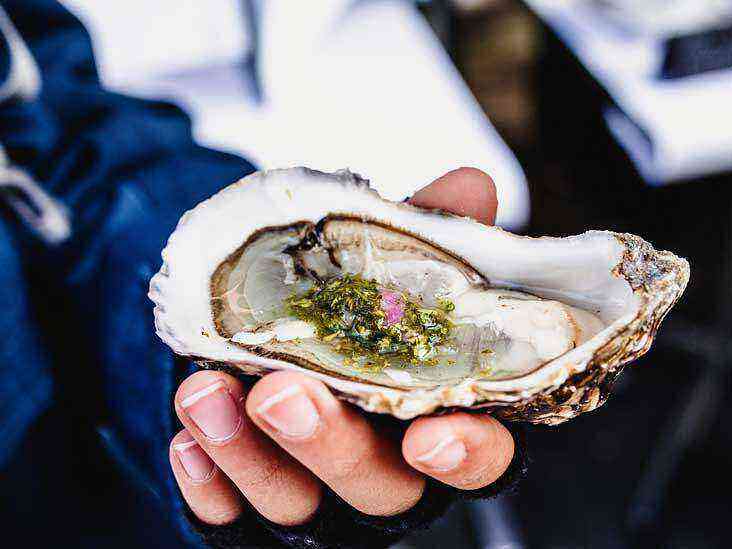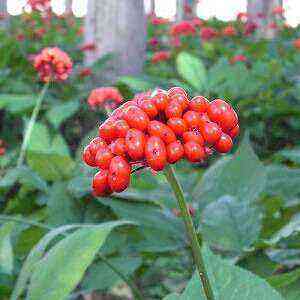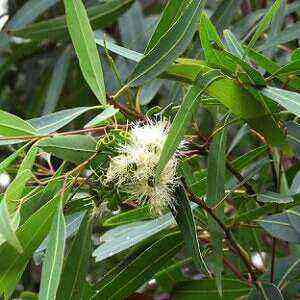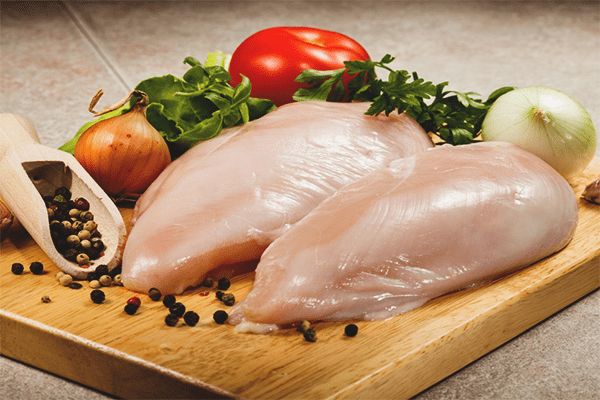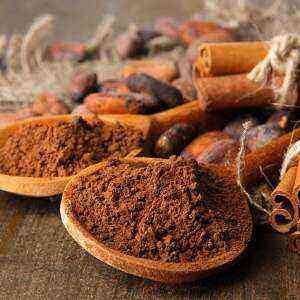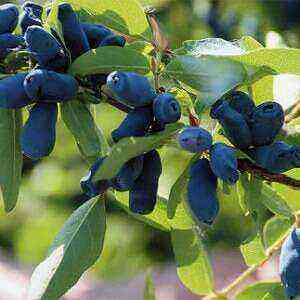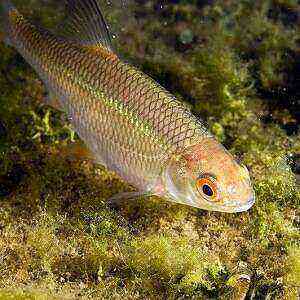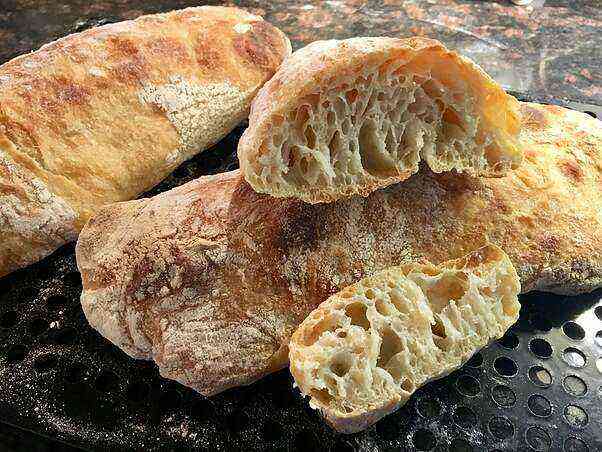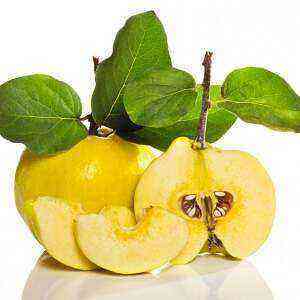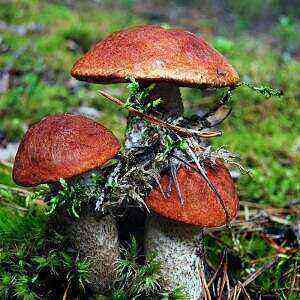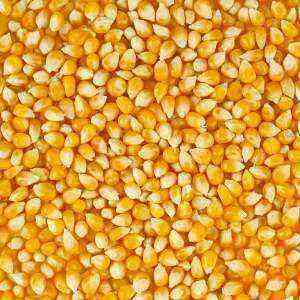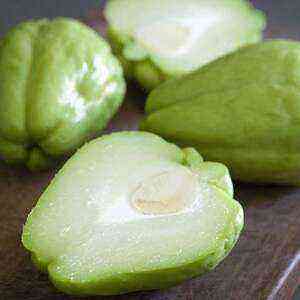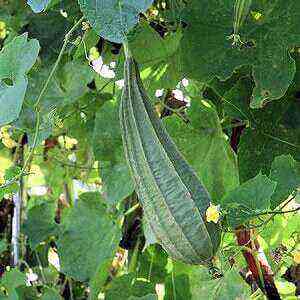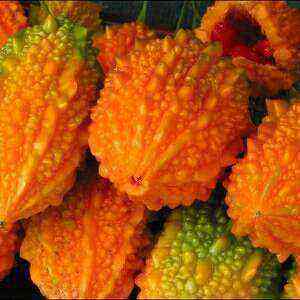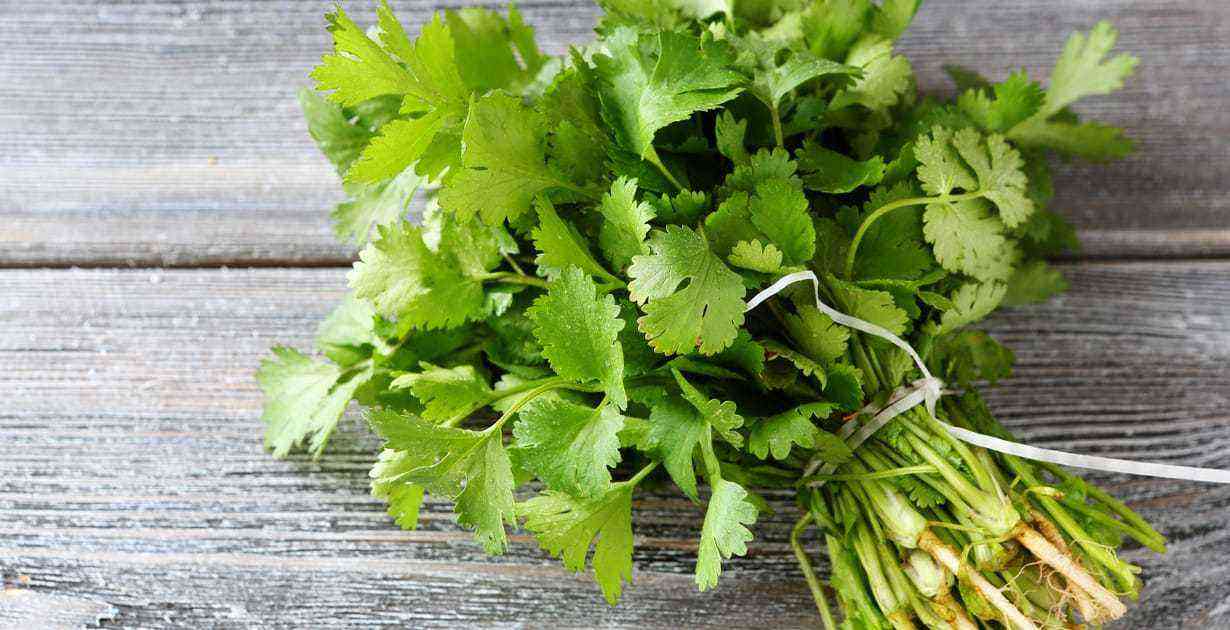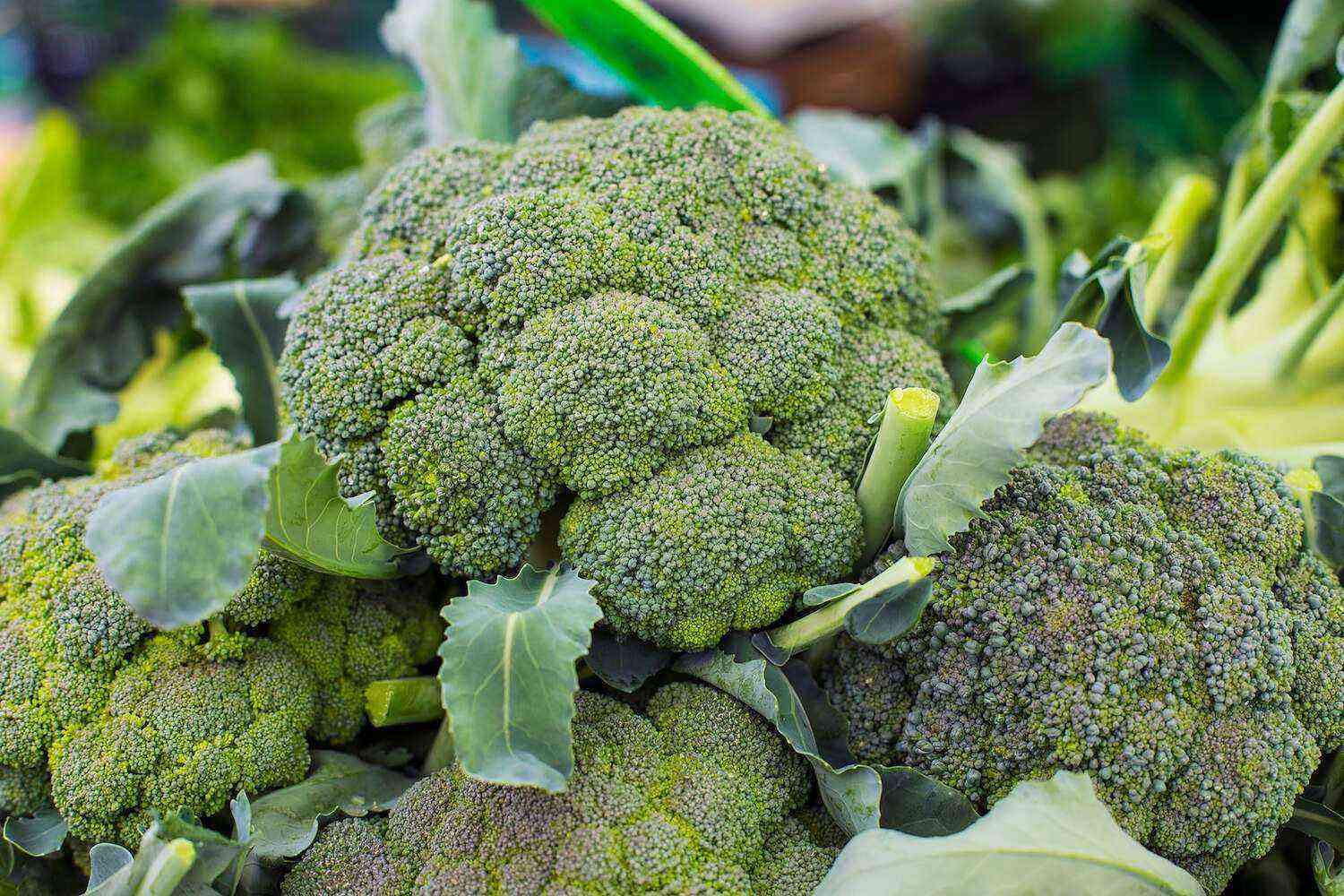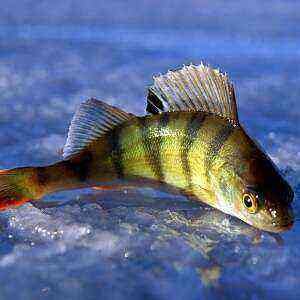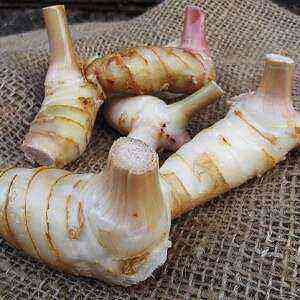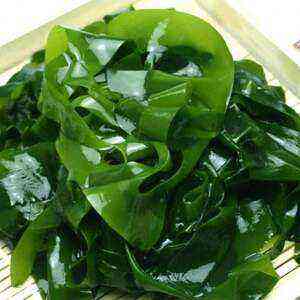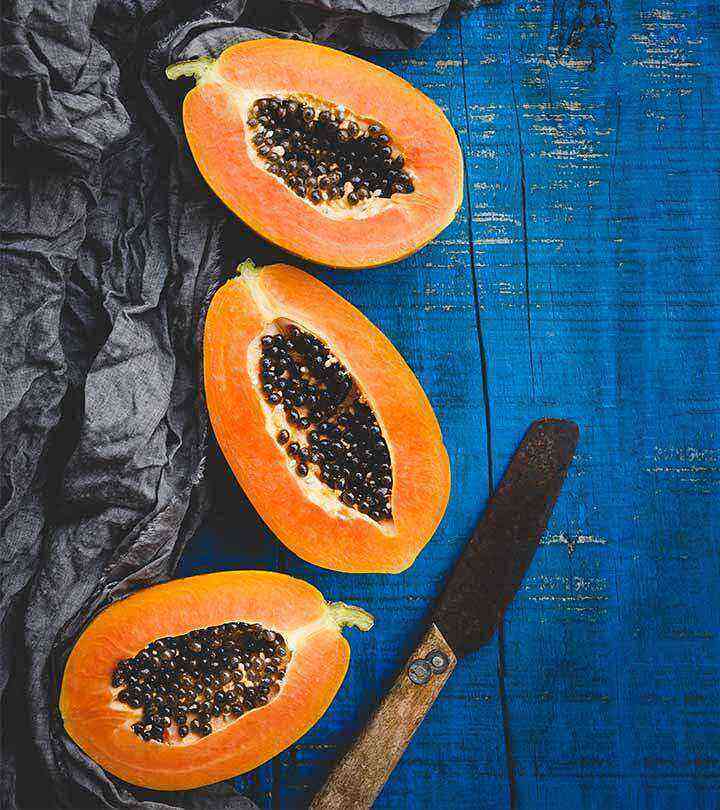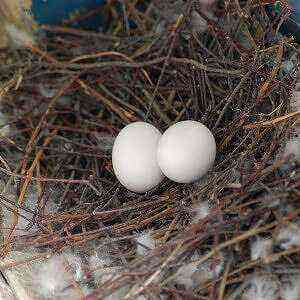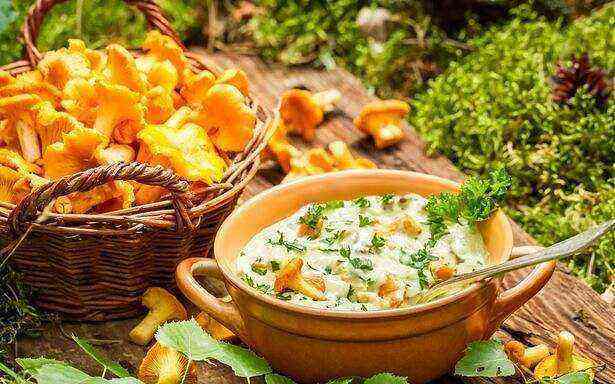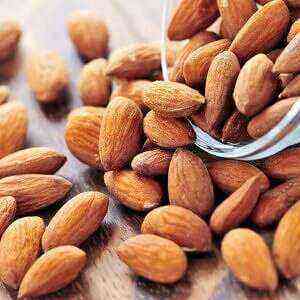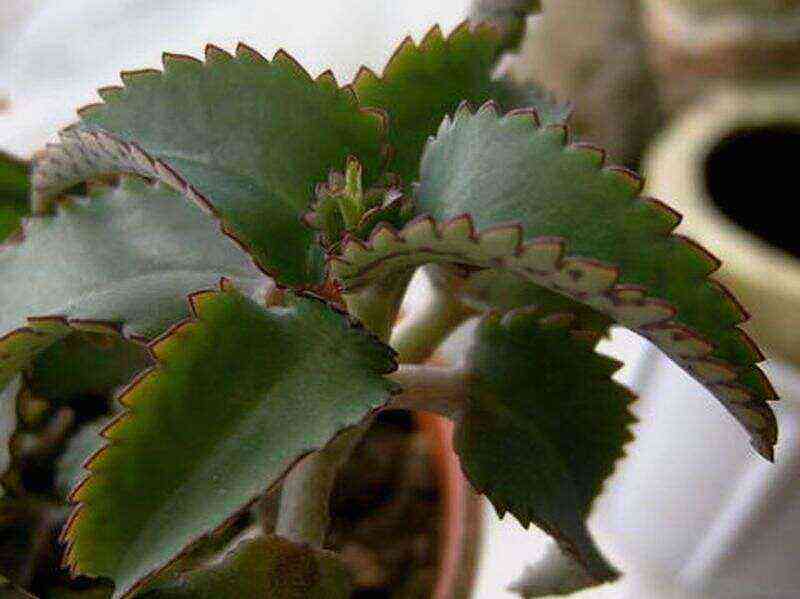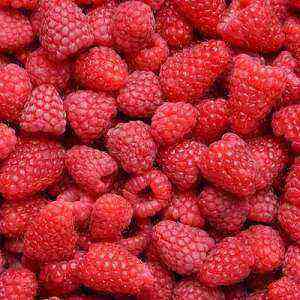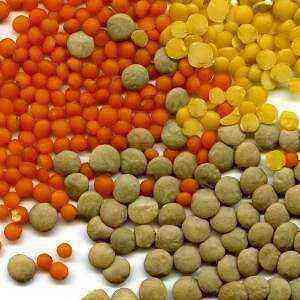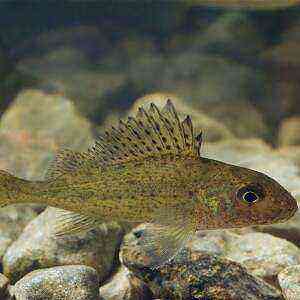
The ruff meat contains many bones, however it is tasty and sweet. A distinctive feature of fish is its high stickiness, which is why it is often used to make flooded fish soup and fish soup. The benefit of the ruff is due to a balanced amino acid composition of nutrients, vitamins and mineral compounds. With regular use improves carbohydrate metabolism, the condition of the skin, strengthens the immune system.
Fish soup-ear is a dietary dish shown for people to eat during the postoperative period.
general description
The ruff has a memorable appearance, which is difficult to confuse with another fish. The body is short, curved in a ring. The mouth is small, lower, the snout is blunt, there are no canines. Each jaw has bristle teeth. The color of the ruff is gray-green with melamine brown spots on the back, dorsal, caudal fins and on the sides. The maximum length of an individual is 27 cm, and its weight is 500 g (at 15 years of age). However, in most water bodies there is a small ruff with a size of 18 cm and a mass of 200 g. Under natural conditions, fish grows slowly and only in the presence of an intensive food base and a thermal regime does its development rate sharply increase.
High geographical and environmental variability of the ruff is noted. Often it can hybridize to a perch. Interestingly, the offspring obtained by crossing two species is more adapted to adverse environmental factors: water pollution, temperature changes.
Ruff – a typical bentofag. Gammarids and chironomid larvae belong to his favorite food. In case of their lack in the reservoir, he switches to fish food (caviar, fry), zooplankton. With age, large representatives of the species become predators.

The ruff is very susceptible to the eutrophication of water bodies and water pollution, which causes a decrease in the species population.
Value for the body
In 100 g of the edible part of the ruff, 88 kcal, 70 g of water, 17,5 g of protein, 2 g of fat are concentrated.
Vitamin and mineral composition represented by niacin (2,905 mg), sulfur (175 mg), chlorine (165 mg), fluorine (0,43 mg), chromium (0,055 mg), nickel (0,006 mg), molybdenum (0,004 mg), zinc (0,0007 mg).
Biologically active substances that make up the fish exhibit the following properties:
- improve carbohydrate metabolism;
- support muscle tissue;
- strengthen bone tissue, reduce the likelihood of rickets and osteoporosis;
- reduce cravings for sweet foods;
- facilitate weight loss and stimulate the burning of calories during intense exercise.
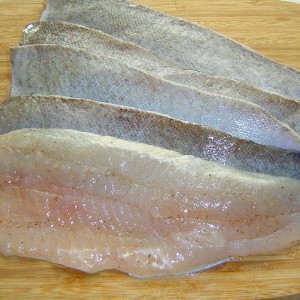
Ruff meat is recommended to be used for nervous, physical exhaustion, pregnancy, restorative feeding after a disease, vitamin deficiency, anemia and weakened immunity, pellagra.
Contraindications: allergy to fish and seafood, hypersecretion of gastric juice.
Method of preparation
The Ruff is a small fish containing many bones and very sharp spines, which is why it has no commercial value. Often she accidentally falls on the bait.
Before cooking the soup or aspic from the ruff, it must be cleaned, and this is a very laborious process. A slimy, spiked carcass is difficult to hold. Because of what inexperienced chefs can chop all the fingers.
After cleaning the fish from scales, it is washed, placed in a bag of gauze (to avoid bones in the ear) and thrown into boiling water. Duration of cooking should not exceed 7 minutes. Then the carcass is removed from the rich soup, squeezing the juice, lay the rest of the ingredients.
Conclusion
Ruff – small freshwater fish with spiny fins. Due to the difficulty in treating the body, it is not grown on an industrial scale and is practically not used in cooking. A characteristic feature of fish is its high stickiness, which makes it valuable for cooking fish soup, aspic. Before heat treatment, the carcass is gently cleaned of scales, placed in cheesecloth and cooked for 7 minutes, otherwise it will disintegrate, and small bones will fall into rich broth. Ruffs do not fry and do not dry.
